UPDATE: Both devices have had a minor price revision, the OPPO PM-3 now retails for RM 1,399 and the OPPO HA-2 at RM 1,699.
It might seem a little odd seeing one of the Chinese smartphone brands that we know and love suddenly out some high end audioware, but believe it or not OPPO had its roots in audio way before they started producing phones.
Here we have the OPPO PM-3 Planar Magnetic Headphones, the cheapest option of their high end series of headphones alongside their headphone amplifier-slash-battery pack the OPPO HA-2.
In case you’re not sure what a “Planar Magnetic Driver” is, it’s basically a sound driver that generates sound via a thin diaphragm using a magnetic system. It’s generally pretty stable and produces minimal distortion.
Its same kind of driver that resides on OPPO’s PM-1 headphones that features a FEM-optimized neodymium magnet system as well as seven-layer double side voice coil diaphragm to make it lightweight but still maintains sound quality. The drive also comes in at a rather large 55mm diameter which OPPO claims is tuned to deep, tight bass with a smooth sound signature. That essentially means you’re going to be getting some really good sound reproduction.
[nextpage title=”OPPO PM-3: Build Quality and Design”]
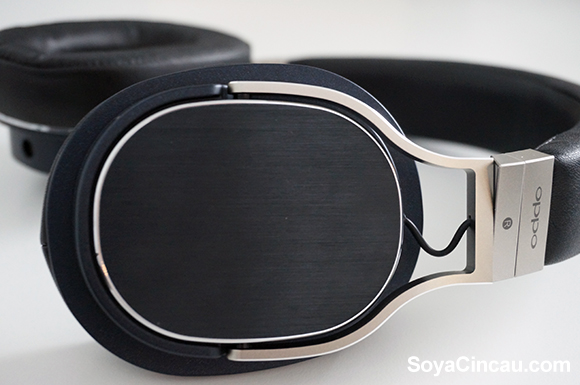
As far as looks are concerned, the OPPO PM-3 definitely has the minimalist yet premium look. The entire assembly is a mix of plastic and metal with a foldable design to give it a smaller footprint when stored. The cans are rather large and go over the ears, with a brushed texture on the outer side while the main metal accents are also emblazoned with OPPO’s logo. The set comes with two colour options, white and black as well as an optional wooden stand for your headphones if you like them to be sitting pretty on your desk.
Generally speaking the headphones have a very clean and sleek design and we really do like it, but if you have long hair you might want to watch for the hinge edges, as they are rather sharp.
In terms of comfort, the PM-3 has it down to an artform. The cans are large and plush with a gentle clamp. In terms of materials, the headband and the over-ear cans are made of the same faux leather (or pleather, if you prefer) and it is very soft and breathable. The two higher end versions of the PM-3 even have sheepskin cups, if you dig lusciously supple leather.
The passive noise cancellation on the headphones are superb to say the least. They can’t exactly be compared to a headphone that has active noise cancellation but it does a fantastic job on its own, cutting down atmospheric noise a ton and letting you focus on your tracks.
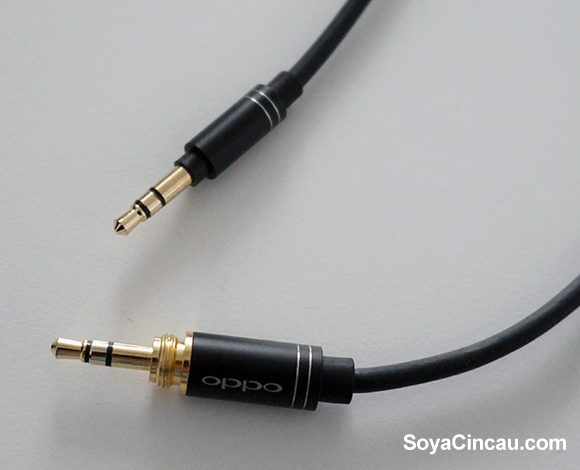
As for the rather long detachable wire the headphones come with, our only complaint is that it doesn’t come braided. Braided wire tends to be more durable than bog-standard cable but it isn’t always as flexible so it does make sense why they chose this instead. Just make sure you tidy up the extra length so you don’t accidentally damage it. They’ve also thrown in a handy cable organiser just for that and it sticks to itself and the inside of its case like Velcro.
Speaking of the case, the entire thing comes in a rather large hardcase that has an outer skin of denim. We find this a pleasing aesthetic choice over the usual textured plastic most cases comes in, plus it’s a refreshing take on your bog standard carry case. They’ve included an additional cloth pouch to store the cable or any other small accessories as well.
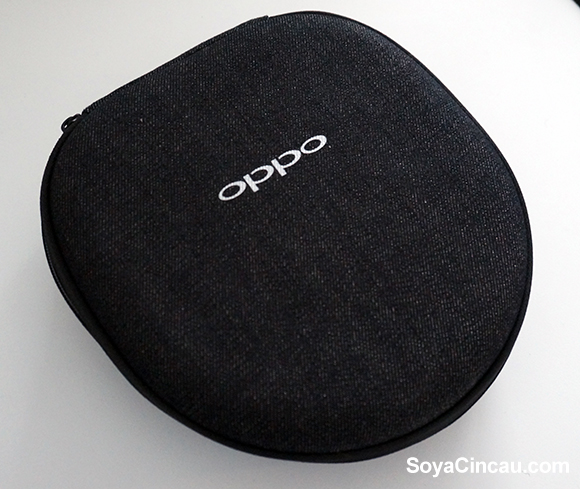
The case however doesn’t come with a storage net so if you’re thinking of throwing in extra adaptors inside, just be wary that they don’t fall out. The set doesn’t come with many additional accessories save for said cable organiser and a 6.3mm jack plug adaptor for those who want to connect it to an older system.
[nextpage title=”OPPO PM-3: Performance”]
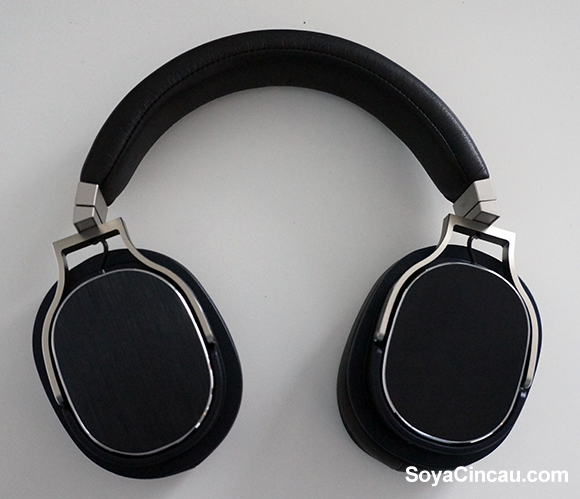
When it comes down to the sound quality, this by far is likely the best headset we’ve ever laid ears on. For this we used lossless versions of Pentatonix’s Daft Punk, Natural Disaster tracks and a high bitrate version Nightwish’s Last Ride of the Day track to test run.
The highs are sweet and clear with mellow mids that we just got lost in. The bass was punchy, rich but at the same time very smooth without crackling or signs of strain at higher volumes. We literally got lost in sweet, sweet music while we had these on.
The only downside here is that you likely need your music to be in either FLAC or other lossless formats to get the very best out of these headphones. Just bear in mind that when it comes to higher end hardware like this is that when you use low quality audio, you won’t always get the most out of it. The headphones will still do its best to ramp up the quality of the audio but in the end it is still rubbish in and rubbish out, to put it crudely. So if your audio isn’t clear or is full of recording imperfections, you will hear it.
All in, these headphones are nothing short of superb, and for the price you will be paying for them, you won’t be disappointing though your wallet would be significantly thinner.
[nextpage title=”OPPO HA-2: Headphone Amp”]
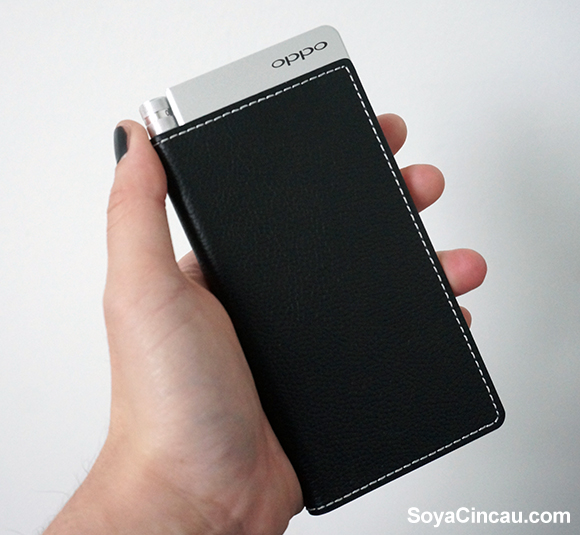
Looking somewhat like an extra-large fancy lighter, the OPPO HA-2 is a combination of battery, headphone amplifier and Digital-to-Analog converter (DAC). If you’re not familiar with the term, a DAC is capable of turning digital signals to analog and vice versa, so you can essentially use any modern source with the device. It’s a commonplace component with most music players even.
The HA-2 in itself is pretty sleek, about the same thickness as your average mobile device and has a fancy faux-leather textured cover that wraps around it for grip. We have seen other amps out there in the market and the HA-2 is the slimmest we’ve seen so far, with the majority having a much thicker girth.
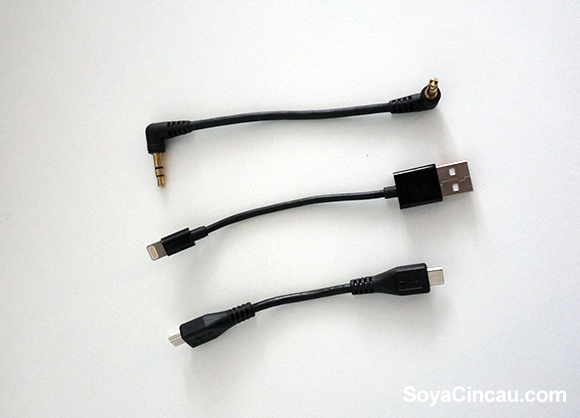
Out of the box, you get three connectors to use with the amp, one to connect to a microUSB port, one for Lightning as well as one two headed audio cable. This pretty much covers most of your bases when it comes to connectivity, save for if you happen to have some obscure device that requires proprietary connections. You also get a charging cable in the box which doubles as your power cable for your amp’s battery pack functions. The device doesn’t come with a case but it’s unlikely you will need one.
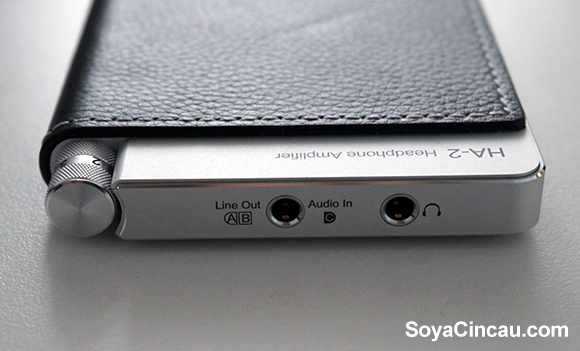
The device is also home to a plethora of buttons and ports. On the top you will find two audio jacks with their respective labels as well as the power button which also doubles as the audio dial. The dial is placed in such a way that you operate it with you thumb, and it’s textured for extra grip. The underside of the device is where you will find the USB and microUSB ports that functions as the HA-2’s method of charging and OTG connections as well as the mode switch which is responsible to well, swap modes.
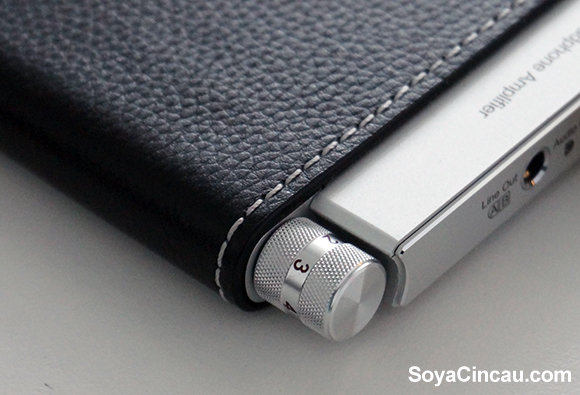
The right side of the device is where all the fun stuff is. Here you will find the HA-2’s LED lit battery indicator, gain and bass toggles which you can tweak to alter your music experience. The bass switch would of course increase the bass output of your audio to your headphones while the gain cranks up the general volume of what you’re listening to. Naturally you would want both toggles to be activated to get the most out of the DAC.
[nextpage title=”OPPO HA-2: Features”]
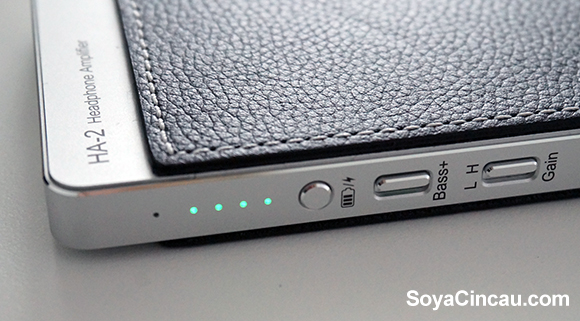
Speaking of battery, the HA-2 charges up relatively fast with the inbuilt VOOC, going from empty to full in about half an hour. The device does require the battery in order to run but OPPO has made it possible for you to charge your mobile device with it as well. It might not charge your old school MP3 players but it will happily charge your phone, though you won’t be able to play music at the same time.
Getting to the meat of things, device has three settings, with additional labels on the input/output areas on the device. The modes, labelled A, B and C, will set the source that you are using when you flip the switch on the lower portion of the HA-2. This is where it gets a little more confusing.
When the source is set to “A” or “B”, the audio jack to the left becomes a line out for the device whereas when set to “C” the jack becomes a line in to an audio source. The audio jack to the left is your standard 3.5mm audio jack which you will be sticking your headphones in.
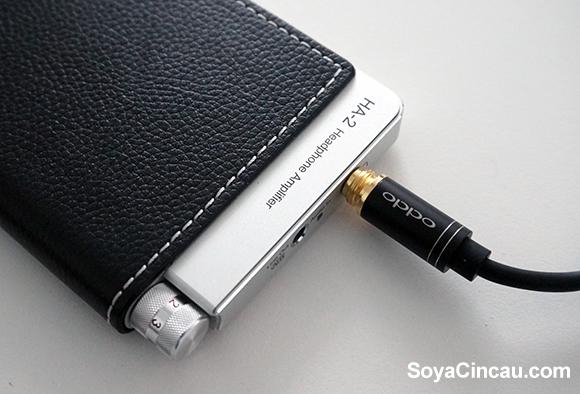
The USB ports and active inputs are determined by the mode that you’re in. The “A” USB port caters towards iOS devices and charging up other mobile gadgets, while the “B” microUSB port caters towards Android devices for OTG and connection to your PC as well as charging the HA-2.
However do note that you won’t be able to charge and play music at the same time because the ports cannot be used simultaneously as far as we have tested it. This is likely due to the device having different connection types for the different modes but it doesn’t faze us too much.
While we had no issues pairing it up to our smartphones and a Sony MP3 player, you are going to need to install some drivers to connect it to a PC. Fortunately OPPO has made them available for download here.
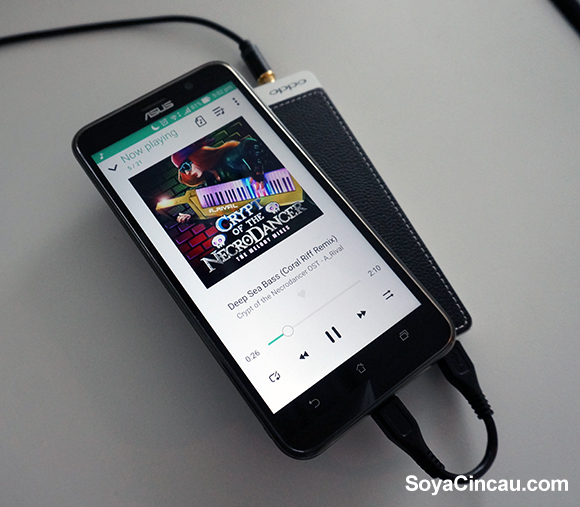
As for performance, the HA-2 really does do what it says on the tin, pumping up volume a fair bit as well as improving the overall experience with warm bass. Regardless of the headphones you use these with, you will get a significant bass boost but bear in mind that there is only so much the headphone’s own hardware can handle so its’ best to be paired with some reasonably high end pair of cans like the OPPO PM-3.
The HA-2 doesn’t really work all that well as a battery pack, regardless how thoughtful the feature is. But on its own, the 3,000mAh battery holds up quite well lasting us about a week with an average of 30 minutes of listening per day on the analog source. We wish the whole process swapping modes could be a little less confusing but you’re likely to just stick to your one favourite mode. So after you overcome the initial phase of trial and error, the entire experience should go swimmingly.
[nextpage title=”Final Verdict”]
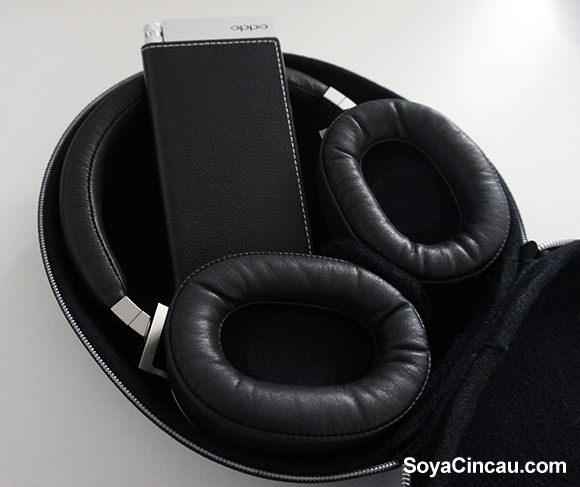
To put it simply, the OPPO PM-3 is hands down the best headphones we’ve tested so far, with its audio performance, comfort and styling winning it major points. Combined with the OPPO HA-2 headphone amplifier, the duo makes for a killer experience that we found hard to tear our ears away from.
We’re talking about a pair that is capable of sending an entire office of tech geeks into audio bliss. However, you will be paying a pretty penny for these two gadgets, with the OPPO HA-2 coming in at RM 1,319 RM 1,399 while the OPPO PM-3 retails at RM 1,619 RM 1,699 for the version we tested.
So if you’re willing to shell out some serious cash for some seriously good headphones, don’t give these two a pass.

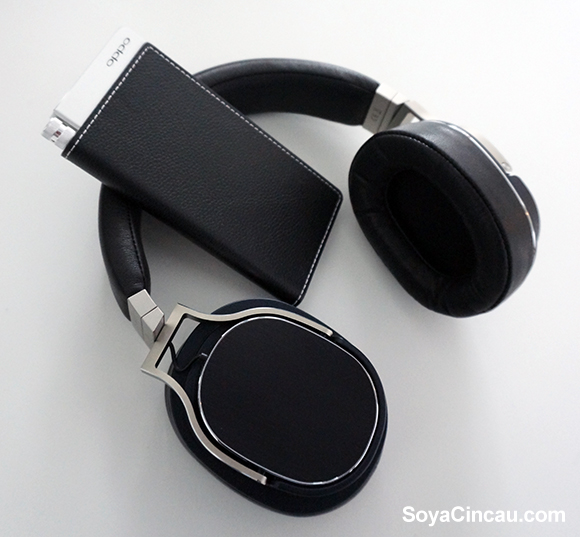






Discussion about this post